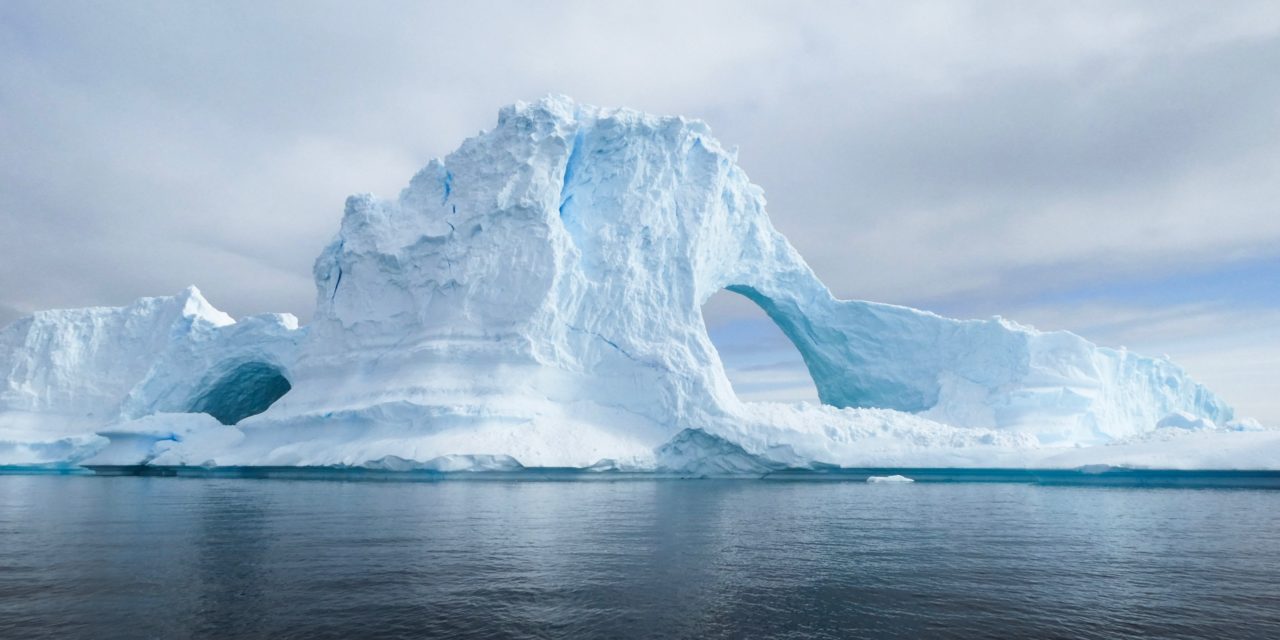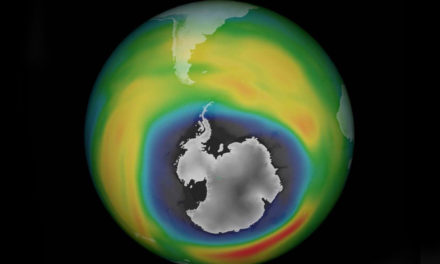Scientists have discovered the first active methane leak under the Antarctic seabed that could heighten the climate crisis, as methane is known as one of the primary contributors to climate change.
The highly flammable gas is suspected to escape into the atmosphere as temperatures warm the oceans, the new report suggests.
Researchers said that microbes that typically consume the potent greenhouse gas before it reaches the atmosphere had only arrived in small numbers after five years, allowing the gas to escape.
The lead researcher of the study, Andrew Thurber, told The Guardian that the leak is not the only concerning part. The fact that microbes did not show up is more worrying. “It is not good news,” he said.
The release of methane from frozen underwater stores or permafrost regions is a critical tipping point that scientists are concerned about. This occurs when the impact of global heating becomes unstoppable.
“The methane cycle is absolutely something that we as a society need to be concerned about,” said Thurber. “I find it incredibly concerning.”
READ MORE: Higher Chances of Global Temperatures Surpassing 1.5C Threshold
However, the full reason for the emergence of gas is not apparent. The Ross Sea, the location where the leaking methane was found is not currently warming at levels enough to expel methane, which puts in question whether global heating is actually the reason for the methane.
What is methane, and why is it bad?
Methane (CH4) is a colourless, odourless and highly flammable gas composed of one carbon atom and four hydrogen atoms. If methane leaks into the air, it absorbs the sun’s heat, warming the atmosphere. For this reason, it is considered a greenhouse gas like carbon dioxide.
However, methane is more potent than carbon dioxide. The impact of methane on climate change, per units of mass, over twenty years, is eighty-four times greater than carbon dioxide. It is also far more devastating to the climate because of how effectively it absorbs heat.
Usually, the release of this harmful gas from underwater sources is thought to have long-lasting negative impacts on the ocean and marine life.
Where is it coming from?
Scientists say that the source of the methane is probably ancient algae deposits trapped under sediments that are likely to be thousands of years old.
Divers first spotted the active seep by chance in 2011. It was then also reported off the sub-Antarctic island of South Georgia in 2014. It took scientists until 2016 to return to the site and study it in detail, before beginning laboratory work.
“But that’s really a different oceanographic area than the Antarctic continent,” Thurber said.
There is still very little known about the Antarctic methane cycle, but the good news is that the new seep provides a natural laboratory for further research.
Unfortunately, the research on the continent remains suspended due to the COVID-19 pandemic.
- Exam Results Day Chaos and Anger as Students Discover Grades - 14th August 2020
- Hard Times Hit the UK as it Enters the Deepest Recession on Record - 12th August 2020
- Air Pollution is Killing Honeybees, Scientists Reveal - 11th August 2020






